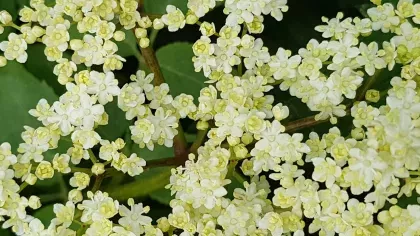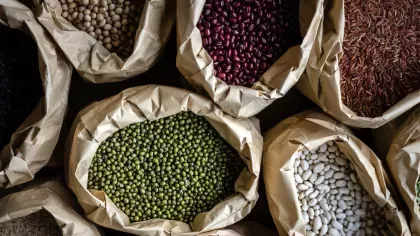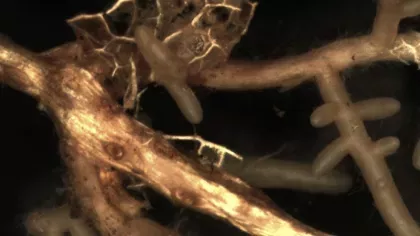31 May 2019
When scientists and visitors meet
Kew’s Director of Science Alexandre Antonelli describes the wonderful things that happen when the public experience our science.

‘How do I become a scientist?’ That was the question a little boy asked me, holding his mum with one hand and a lollipop in the other.
I tried to find the best way to answer. Should I tell him of the long years of study ahead? The endless courses, conferences, lab work, books and papers that would make up a doctoral training? The competition for funding? But also, the fantastic prospects of discovery, excitement and success? The ability to change the world for the better?
‘The most important thing’, I said, ‘is to never stop being curious’.
Short and simple, that seemed to work. He gladly announced how greatly curious he was, and his mum nodded and smiled with pride.
This was just a single interaction between a child and a scientist – one among thousands of others – at this years’ Kew Science Festival at Wakehurst.
For many people, especially in the UK, Kew Gardens is synonymous with a pretty garden in southwest London. This is indeed true, and rightly so – but we’re also a research institution doing cool and important science on plants and fungi. To demonstrate this, since 2016 we’ve held annual science festivals. In 2019, we’re doing this both at Wakehurst (in Sussex, south of London) and Kew Gardens (in Richmond).
Kew Science Festival at Wakehurst
Last weekend our scientists met over 3,500 inquisitive individuals and families. Our activities were designed for everyone, regardless of age or scientific knowledge.
There was so much to do. You could learn useful things, like how to make ice cream with liquid nitrogen – which quickly freezes cream, sugar and your favourite flavouring to -198°C. Well, I know it’s not that easy to get hold of liquid nitrogen, but watching it happen is actually a great way to visualise how some of the most complex seeds in our collection of over 2 billion seeds can be stored for the future.
Or, you could put strawberries in small plastic bags, and bang them hard to smash their cells. With the addition of isopropanol (a kind of alcohol), you’d be able to see, and hold in your finger, long strands of their DNA! Tours took visitors down into the -20°C vaults of our Millennium Seed Bank, out into the fields to search for pollinators, and questing for fungi around the grounds of Wakehurst.

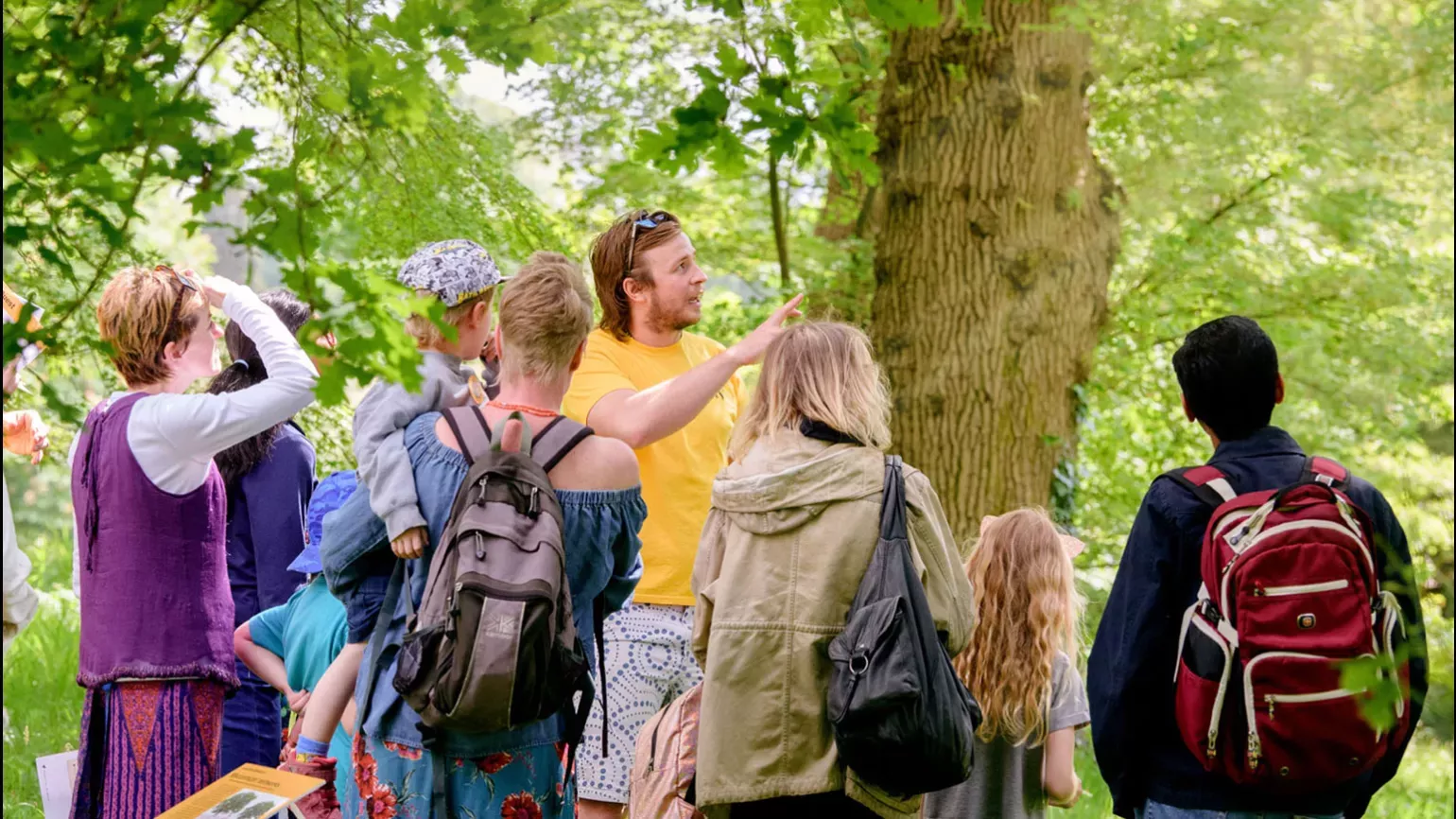
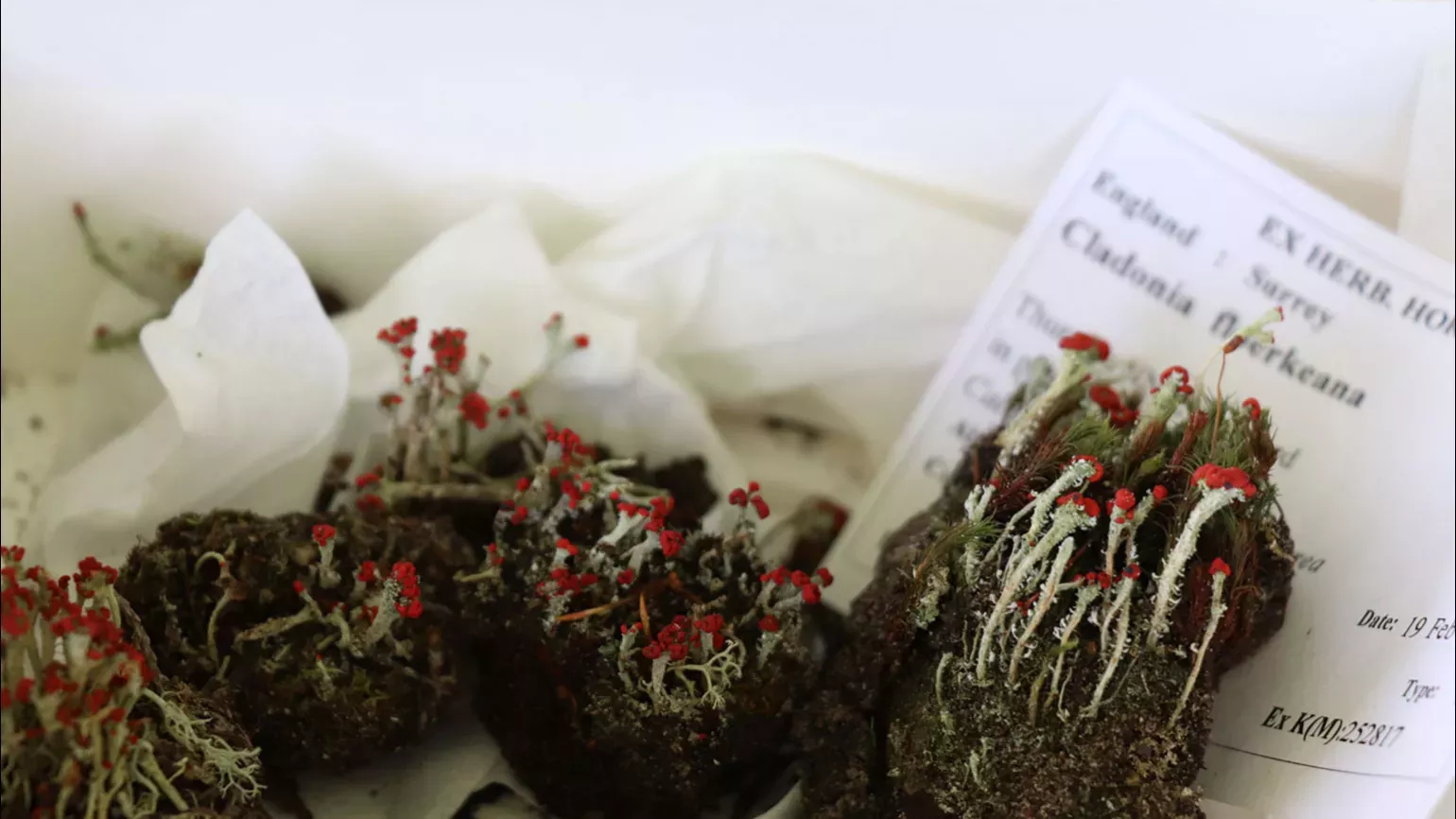
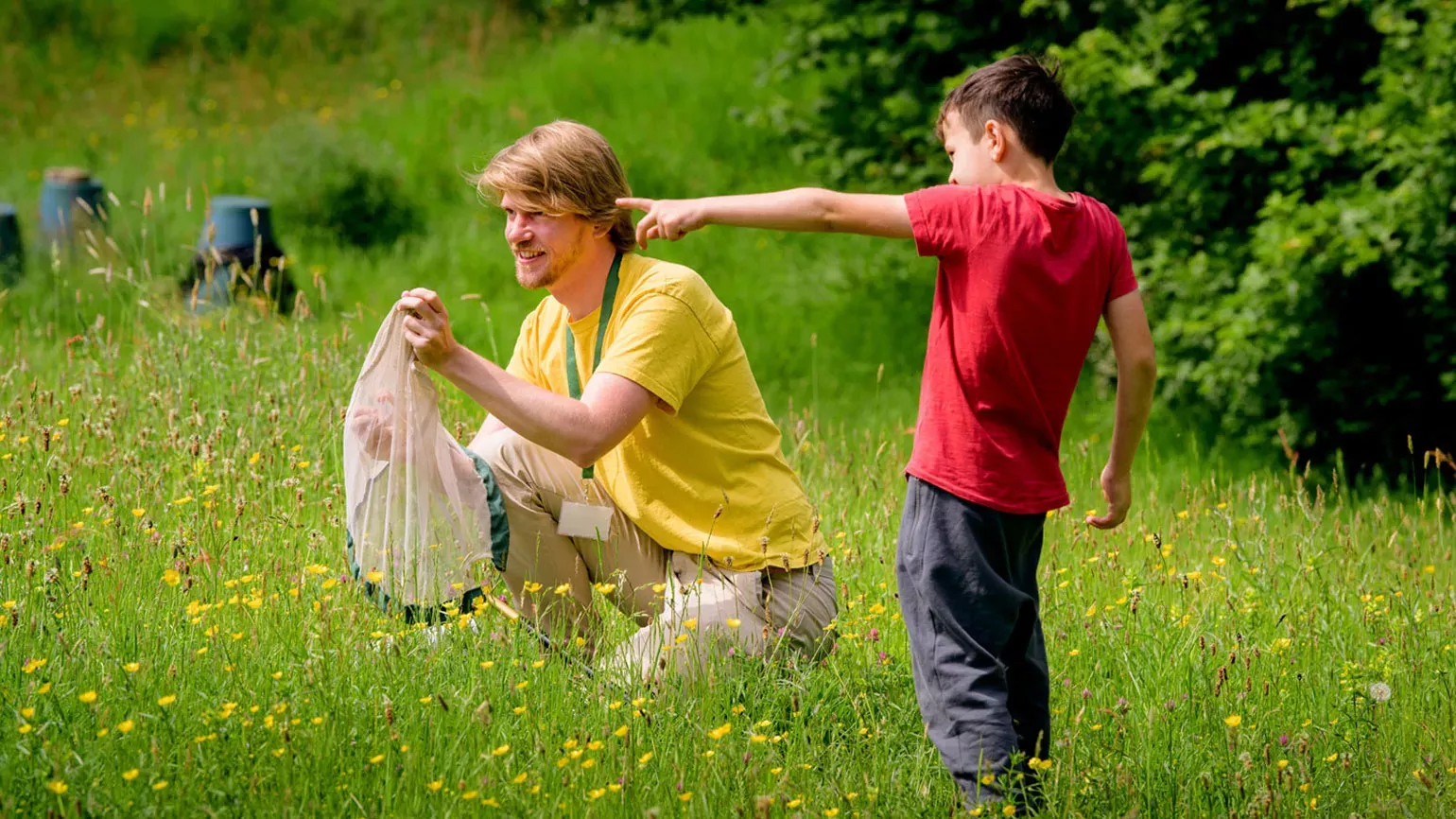
Scientists + visitors = WOW!
Around the world, people are keen to learn more about our planet and what they can do to make it a better place. They are also curious about scientific discoveries that can turn our pre-conceptions upside down, or improve our lives.
At the same time, scientists now understand that we can’t just lock ourselves behind the closed doors of the lab or office. No matter how much great research we do, if we don’t engage with the public we lose opportunities to learn from them, and to communicate our findings back to those who have supported our work through public funding. In short, there is so much to gain when we meet!
If you missed out on the Wakehurst event last weekend, don’t worry! We’ll be taking our science out into Kew Gardens on 20 & 21 July. I’m looking forward to another really fun and inspiring festival.

